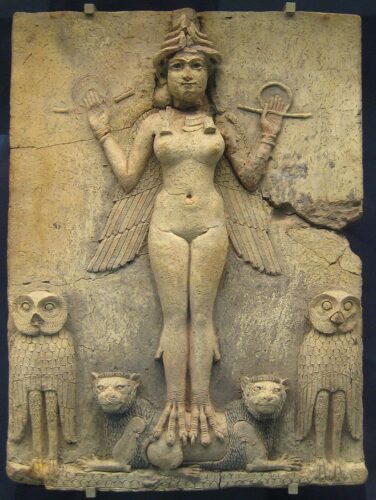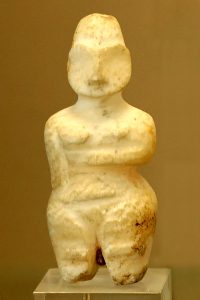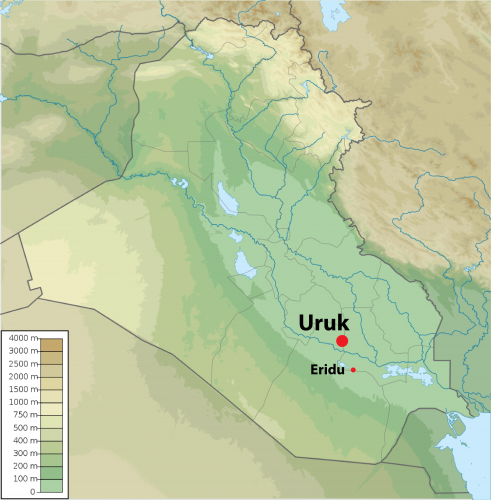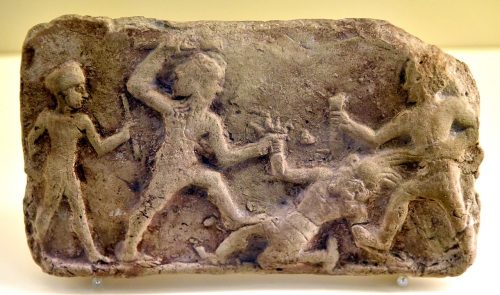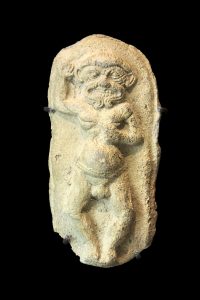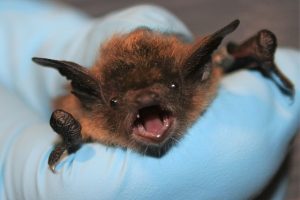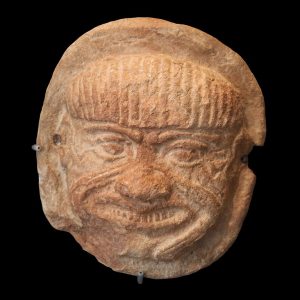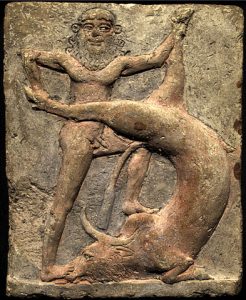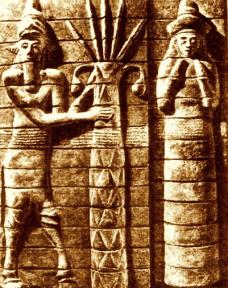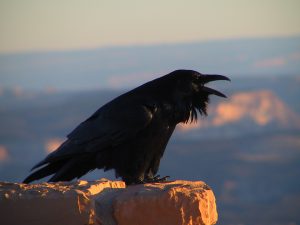The other night a huge owl flew across my windshield.
I didn’t know what it was at first, just a streak of brown, like a darting deer, swooping a few feet above the ground. A flying deer?
I usually don’t drive at night because I’m worried about deer. Most longtime Adirondack residents share this concern, and it’s one of the reasons you don’t see many cars on the road after sundown. Although my last motorized encounter with a deer was in the middle of a hot humid day, so go figure.
Anyway, the owl got me thinking about the many Owl’s Heads I have known. There’s Owl’s Head Keene, a short popular hike with views of the High Peaks. It looks like something out of Middle Earth from below.

The Owl’s Head in Elizabethtown is referred to as Owl Head Lookout. It’s in the Giant Wilderness Area, a large tract of state land that it’s best not to get lost in.

In Hamilton County there’s an Owl’s Head with a fire tower. Considered one of the “easier” peaks, it’s still not easy, and I climbed it one afternoon with people who were fit and people who were suffering.

The goddess Ishtar was worshipped at one time as an owl goddess. (Her sister Inanna probably started out as some sort of water bird, now extinct.) To me, the sign of the owl is a scintillating reminder of the presence of the Goddess.
